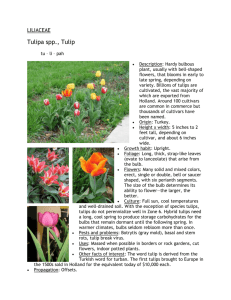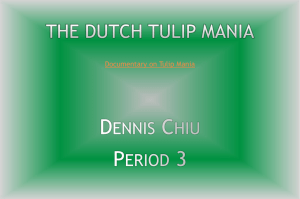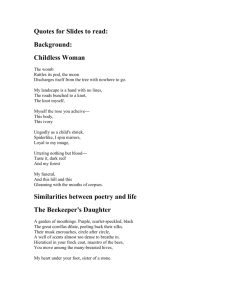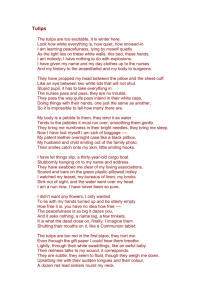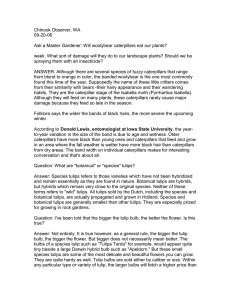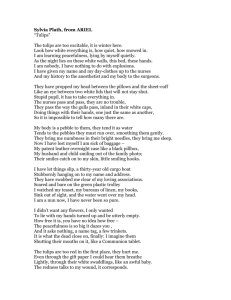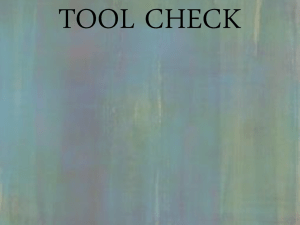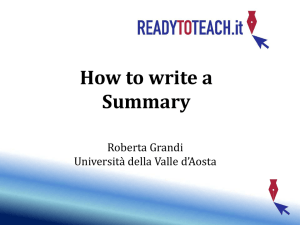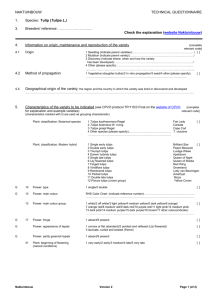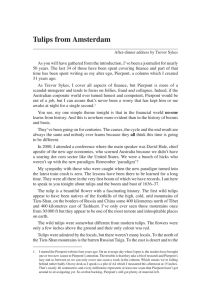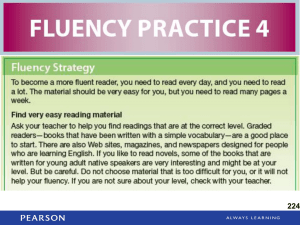shc130715_tulips_tg
advertisement
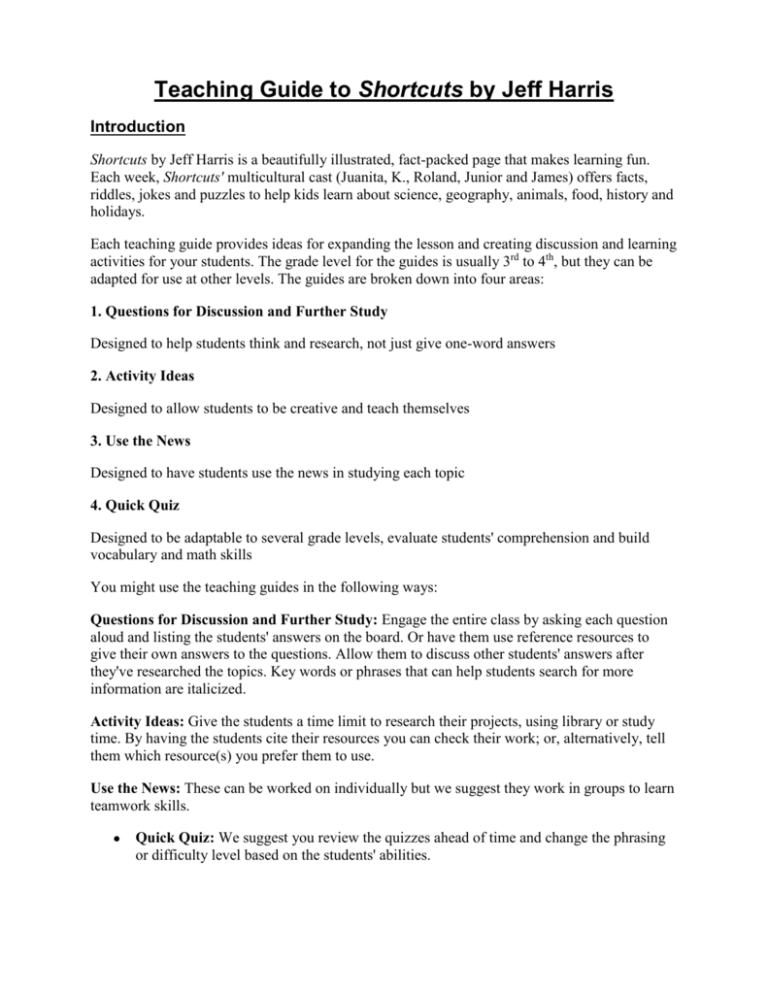
Teaching Guide to Shortcuts by Jeff Harris Introduction Shortcuts by Jeff Harris is a beautifully illustrated, fact-packed page that makes learning fun. Each week, Shortcuts' multicultural cast (Juanita, K., Roland, Junior and James) offers facts, riddles, jokes and puzzles to help kids learn about science, geography, animals, food, history and holidays. Each teaching guide provides ideas for expanding the lesson and creating discussion and learning activities for your students. The grade level for the guides is usually 3rd to 4th, but they can be adapted for use at other levels. The guides are broken down into four areas: 1. Questions for Discussion and Further Study Designed to help students think and research, not just give one-word answers 2. Activity Ideas Designed to allow students to be creative and teach themselves 3. Use the News Designed to have students use the news in studying each topic 4. Quick Quiz Designed to be adaptable to several grade levels, evaluate students' comprehension and build vocabulary and math skills You might use the teaching guides in the following ways: Questions for Discussion and Further Study: Engage the entire class by asking each question aloud and listing the students' answers on the board. Or have them use reference resources to give their own answers to the questions. Allow them to discuss other students' answers after they've researched the topics. Key words or phrases that can help students search for more information are italicized. Activity Ideas: Give the students a time limit to research their projects, using library or study time. By having the students cite their resources you can check their work; or, alternatively, tell them which resource(s) you prefer them to use. Use the News: These can be worked on individually but we suggest they work in groups to learn teamwork skills. ● Quick Quiz: We suggest you review the quizzes ahead of time and change the phrasing or difficulty level based on the students' abilities. Shortcuts: TALKING ABOUT TULIPS For release the week of: July 15, 2013 Objective: After completing the exercises, students should have a better understanding about tulips. Subject Areas: The following information about tulips will be discussed: ● The cost of tulips Tulipomania ● Life cycle of a tulip Evaluation: Students may be evaluated using the following point scale: ● Four points: Information is accurate, organized, shows creative thought/use of materials Three points: Information is accurate and organized Two points: Information is mostly accurate; organization needs some work One point: Significant inaccuracies; lacks organization Topics for Discussion and Further Study 1. How much do tulip bulbs cost today? How much are a dozen cut tulip flowers from a florist? 2. Most of our tulip varieties were developed in Turkey. Look up Turkey’s location on a map or the Internet. Activity Ideas ● Tulipomania was also known as the Tulip Wars because buying and selling the prized tulips quickly became a fierce activity. The price skyrocketed and then dropped, sending Holland into an economic depression. Look at this webpage for more information about the Tulip Wars: http://www.investopedia.com/features/crashes/crashes2.asp ● Here’s a webpage that gives a brief explanation of the life cycle of a tulip, and the history of their origins. You can even listen to the text being read for you. http://www.buzzle.com/articles/life-cycle-of-tulips.html Use the News ● Gardening and lawn care is very big business these days. Read a newspaper and find examples of articles and advertisements about plants and gardening. Are most gardens for beauty or for food? Should homegrown food be more popular? Why or why not? Answers to the Quiz 1.) b, 2.) c, 3.) a, 4.) c, 5.) a, 6.) d, 7.) bulb, 8.) turban, 9.) 6, 10.) $8 Quick Quiz — Tulips 1. Tulips originated in Holland. a. True b. False 2. Most gardeners plant their tulip bulbs in the ________. a. spring b. summer c. fall d. winter 3. There are more than 2,000 different varieties of tulips. a. True b. False 4. Tulips bloom for about ____ days. a. 3 b. 6 c. 10 d. 30 5. Tulips used to be considered a symbol of wealth. a. True b. False 6. The word tulip comes from a _______ word. a. Dutch b. English c. German d. Turkish Vocabulary Comprehension 7. Tulips grow from a fleshy mass called a ________. 8. The word tulip means “_______.” Math Comprehension (subtraction, division, addition, fractions) 9. How many months are there between (and not including) September and April? 10. What would the cost per dozen tulips be if you paid $24 for 36 tulips?
